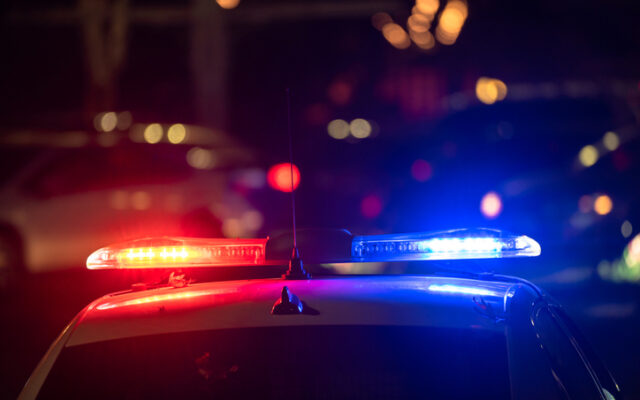Riding the rails: How the U.S. lags far behind Japan
This morning we’re introducing a special four-part series of reports called “World of Motion.” A team of CBS News correspondents traveled around the world to Japan, Greece, Southern Africa and Scotland to discover how and why people are on the move.
The daily commute can be a chore no matter where you live, but some definitely have it better than others. In a friendly competition of traveling by train, correspondent Ramy Inocencio rode the rails in Japan, while “CBS This Morning” co-host Michelle Miller boarded trains here in the U.S., to see how American ingenuity stacks up to Japanese efficiency.
New York: Rush hour in New York City is a daily challenge for its commuters who, like most Americans, tend to rely on cars as their main source of transportation – this despite the city having the country’s largest subway system, spanning more than 665 miles and carrying over 5.6 million passengers per year.
Tokyo: The city’s population is 14 million, and a third of them take to the rails each day. And here’s something that might be surprising to Americans: people politely line up here for trains that arrive on time, nearly every time.
New York: At Times Square Station, New York’s busiest, people might be surprised to know there’s a schedule at all. As for lining up? Fuggedaboutit!
Tokyo: Here, stations aren’t just places to catch a train; they’re also destinations to get a gourmet meal.
New York: The dining choices underground in NYC aren’t as good, but you are never too far from a slice of pizza (as the infamous Pizza Rat can attest to).
Tokyo: It’s rare to see a rodent here, but it definitely is a rat race. Guinness World Records says Tokyo’s Shinjuku Station is the busiest in the world – and it’s clean!
New York: Sure, these trains and stations could use a bit more attention, but despite all of that and the delays, this subway runs 24 hours a day.
Tokyo: Subway service in Tokyo ends at around midnight, and restarts around 5 a.m. That lets crews tend to station maintenance.
New York: No matter what time you ride or how far the trip, the fare in New York is the same: $2.75.
Tokyo: Prices here vary depending on how far you go. But it’s time, not cost, that matters most to rail passengers in Japan. The bullet train (the Shinkansen) is still the world’s most reliable form of public transportation. Inocencio boarded the train for a trip to Kyoto, 319 miles away.
New York: Miller boarded Amtrak’s high-speed rail, the Acela, from New York to Washington, D.C., which is about 225 miles. (That gives her a nearly 100-mile head start!)
Tokyo: The Shinkansen is the world’s most reliable high-speed train service, and is super-fast, with an average speed of 177 miles per hour on this line.
New York: The Acela only averages about 82 miles per hour. Part of the reason for that is it shares its tracks with both local lines and freight trains.
Tokyo: Inocencio made it to Kyoto right on time, the trip taking two hours and eighteen minutes.
New York: Miller, meanwhile, will arrive in D.C. about 40 minutes later, if they stay on schedule. (Amtrak doesn’t twenty percent of the time). Amtrak is promising some upgrades that should shave 15 minutes off of the commute by 2021.
To recap, Inocencio rode a train about 100 miles farther and completed that trip roughly 40 minutes sooner. So, when it comes to traveling by train, Americans are far behind our friends in Japan.
You Might Also Like



